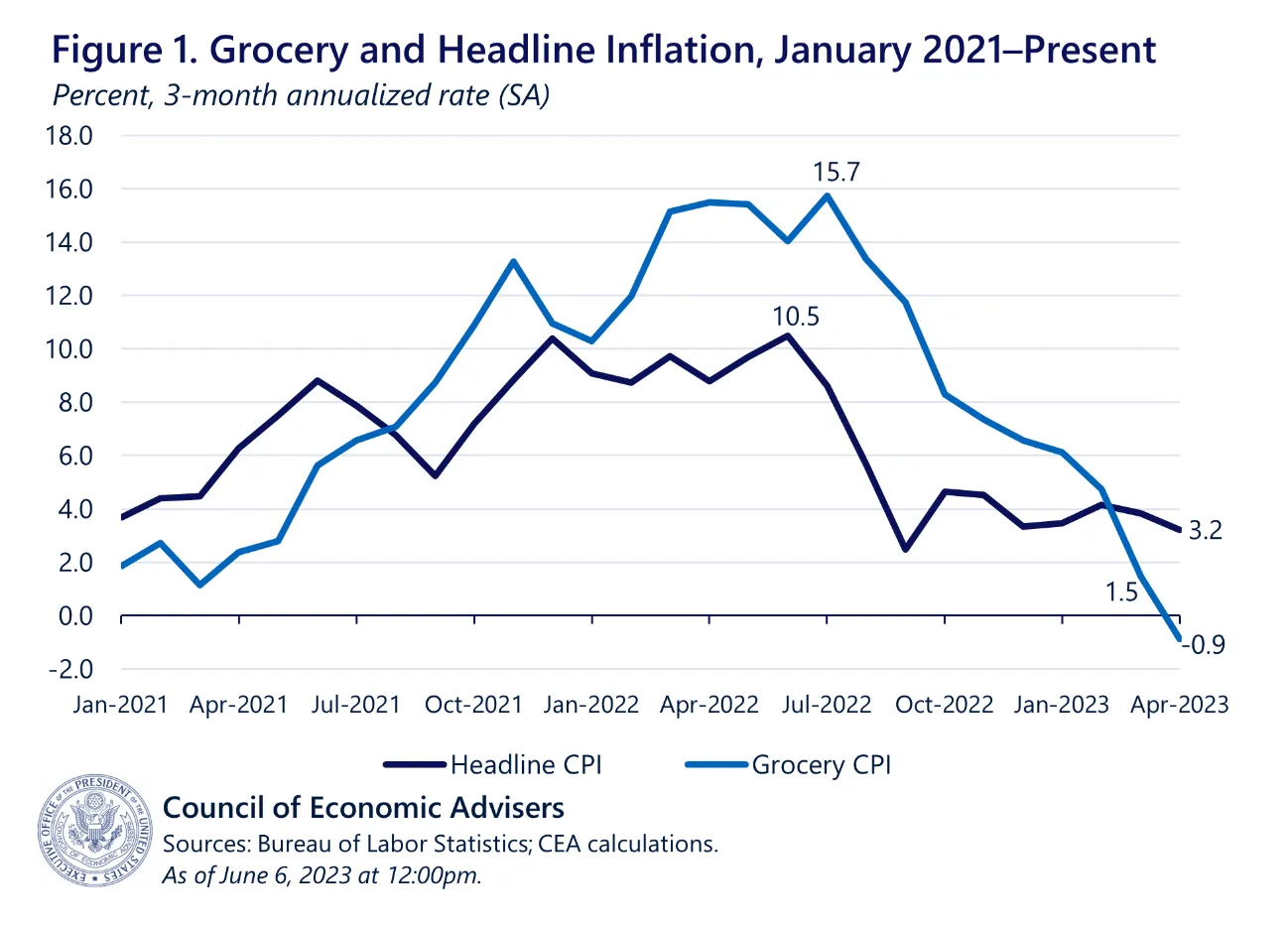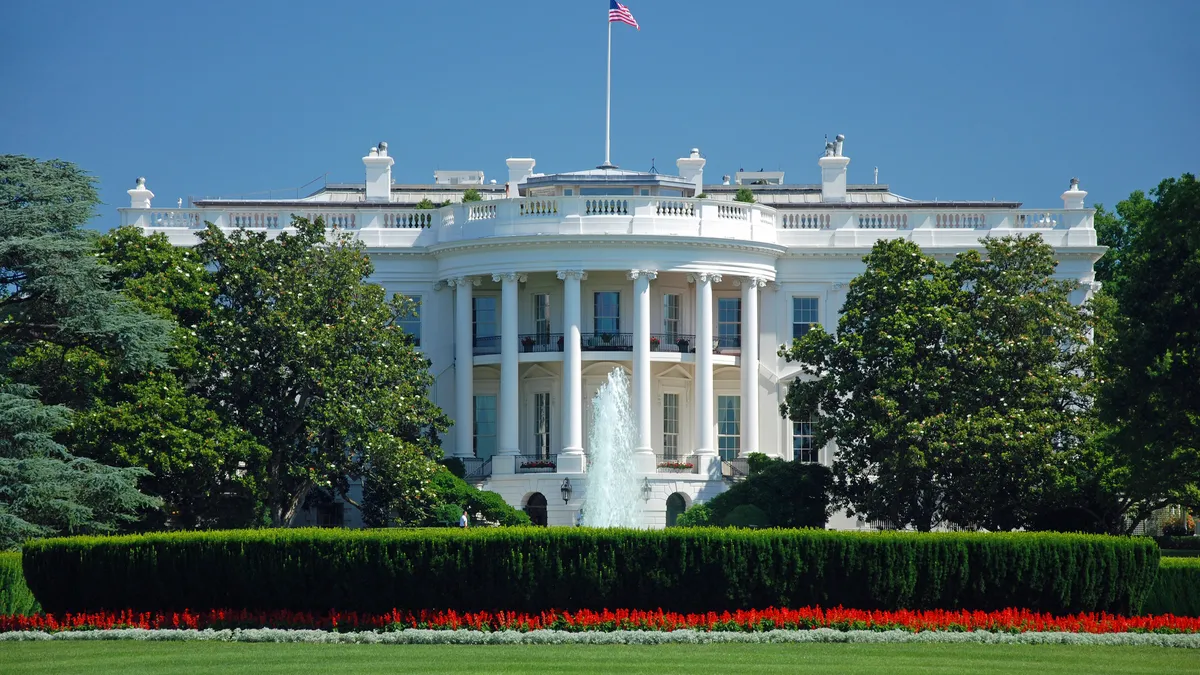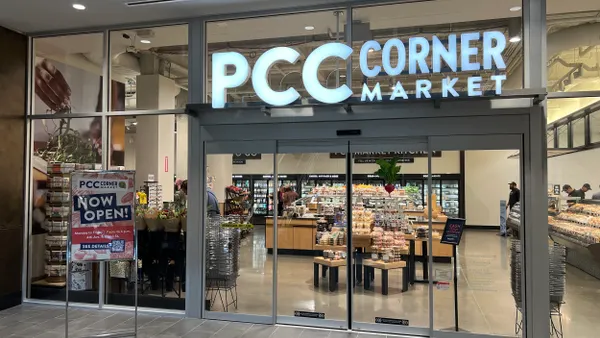For the rest of 2023, the White House Council of Economic Advisers (CEA) says it expects grocery inflation to continue to abate yet remain higher compared to pre-pandemic levels, per a blog post on Wednesday.
The post came ahead of next week’s release of the U.S. Bureau of Labor Statistics’ Consumer Price Index data for May and outlined five findings from the council, which provides empirical research for the White House.
On a three-month annualized basis, grocery inflation has been slowing down and was at -0.9% in April, compared to 1.5% in March. Inflation peaked last July, the post noted, at 15.7%. The CEA noted that it prefers to analyze longer time intervals because month-to-month inflation can be “noisy.”
“Accounting for approximately one-tenth of the overall consumer price basket, grocery inflation is now below the headline CPI inflation of 3.2 percent in April on a three-month annualized basis,” the post said.

Meanwhile, households’ current perceptions of grocery inflation impact their expectations for overall inflation in the near future. “The CEA found that 1 additional percentage point of food inflation is linked to an increase of about 0.11 percentage point in one-year inflation expectations in the University of Michigan survey,” the post noted, citing that university’s consumer sentiment index.
Groceries made up around 8% of total consumer spending in 2021 in comparison to gasoline’s 3% and household utilities’ 6%, per findings from the Consumer Expenditure Survey cited in the post.
Declines in egg and produce prices are bringing down grocery inflation, along with dairy, cereal and baked goods, per the post. After skyrocketing a few months ago due to avian influenza, egg prices have fallen in recent months but still remain at elevated levels compared to January 2022, per the CEA, which said it expects retail egg prices to “likely continue to moderate in the months ahead.”












